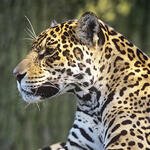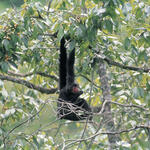Learn more about our impact
Learn more about our impact
- What we care about
- People
- Places
- Species
- Climate crisis
- Sustainability
- How we work
- Public policy
- Science
- Business
- Wildlife conservation
About WWF
WWF works to sustain the natural world for the benefit of people and wildlife, collaborating with partners from local to global levels in nearly 100 countries.




 Vaquita
Vaquita
 Hector's Dolphin
Hector's Dolphin
 Yangtze Finless Porpoise
Yangtze Finless Porpoise
 Ganges River Dolphin
Ganges River Dolphin
 Indus River Dolphin
Indus River Dolphin
 Irrawaddy Dolphin
Irrawaddy Dolphin
 Macaw
Macaw
 Jaguar
Jaguar
 Poison Dart Frog
Poison Dart Frog
 Black Spider Monkey
Black Spider Monkey
 Sloth
Sloth